How to Choose the Best Moisturiser
Moisturiser - it’s an important, yet sometimes boring skincare product. It’s the backbone of any skincare routine! Choosing the right moisturiser for your skin matters. Using a moisturiser that’s too heavy or not hydrating enough can make or break the rest of your skincare routine. Here’s our guide to picking the right moisturiser for you!
How to Choose a Moisturiser
There are a lot of factors that come into play when picking a moisturiser for the skin. Skin type, scent, actives, and SPF can all make a difference in choosing the best moisturiser for you! Read on to discover exactly why each of these matters to help you shop for your perfect moisturiser.
1) What’s Your Skin Type?
One of the best starting points to shopping for your perfect moisturiser is to consider your skin type. Generally, people fall into four categories: Normal, Dry, Oily, and Combination. These types refer to how much oil your skin has - normal skin is perfectly balanced without being greasy, so someone with normal skin could tolerate a moisturiser with more oil than someone with oily skin.
Generally, those with normal to dry skin do well with a heavier moisturiser, while combination and oily skin should opt for oil-free, gel-cream formulas.
An easy way to find out your skin type is with our skin analysis quiz! You’ll get tips on your skin type and the best ingredients to reach for.
2) Desired Moisturiser Finish
Depending on your skin type, you might want your moisturiser to have a particular finish - dewy and shiny or soft matte. Many daytime moisturisers, especially for oily skin, dry to a matte, oil-absorbing finish on the skin thanks to ingredients such as talc or kaolin clay.
Those with dry skin might prefer a moisturiser that leaves radiance thanks to an oil-enriched formula.
3) SPF: Yes or No?
Some moisturising formulas include SPF to help provide daily protection. SPF can make a difference in protecting your skin from the sun’s harmful rays. While this is a good thing, at Beauty Affairs, we also strongly suggest using a separate facial sunscreen product after your moisturiser, even if it has SPF.
This is a great way to be extra sure that your skincare is protecting you!
A reason that you might want to avoid SPF in your moisturiser is if you plan to use the same moisturiser for daytime and for night - but we’ll touch on that on a further point.
4) Actives in Your Moisturiser
What’s fantastic about moisturisers these days is alongside ingredients such as Hyaluronic Acid and Ceramides, they’re often formulated with powerful anti-agers such as Retinol. Now, this is fantastic for ensuring you’re getting the benefits of actives like this in your skincare routine.
However, if you go down this route, we suggest having a moisturiser without any actives on hand.
Why?
While we love ingredients like retinol, they can irritate skin and cause redness - especially if used too frequently and liberally. Alternating a moisturiser packed with actives with a neutral, comforting moisturiser is a great way to make the best of your skincare!
5) AM or PM Use?
Another essential factor to consider is when you’ll be using these moisturisers. You may want a lighter moisturiser for the daytime, and a rich, replenishing moisturiser at night. In fact, for all skin types, we’d suggest using a more plush night cream.
That's because overnight, your skin becomes its driest. Supporting your skin at this vulnerable time goes a long way to making sure your skin stays glowing.


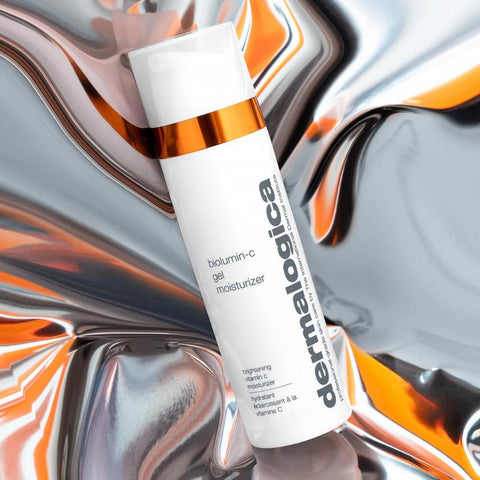 Dermalogica Biolumin-C Gel Moisturizer
Dermalogica Biolumin-C Gel Moisturizer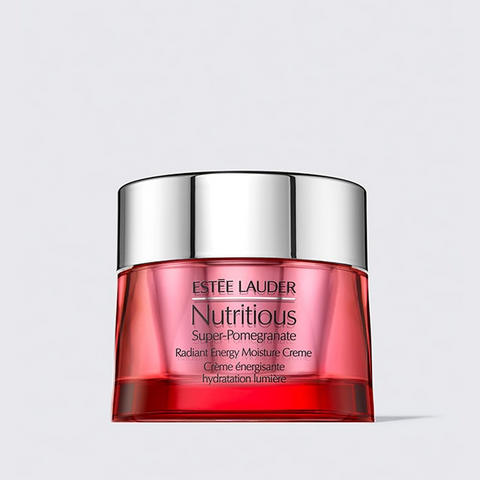 Estée Lauder Nutritious Super-Pomegranate Radiant Energy Moisture Crème
Estée Lauder Nutritious Super-Pomegranate Radiant Energy Moisture Crème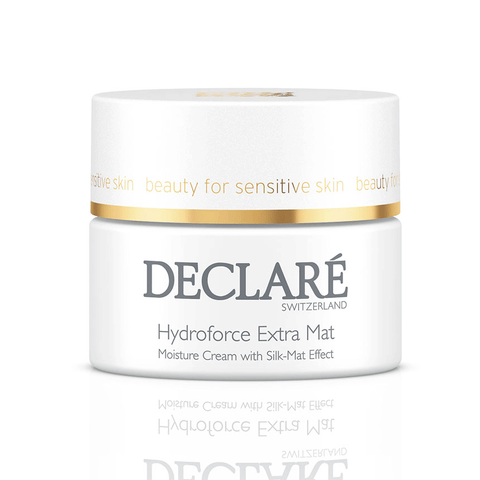 Déclare Hydroforce Extra Mat
Déclare Hydroforce Extra Mat Estée Lauder DayWear Multi-Protection Anti-Oxidant 24H Moisture Crème
Estée Lauder DayWear Multi-Protection Anti-Oxidant 24H Moisture Crème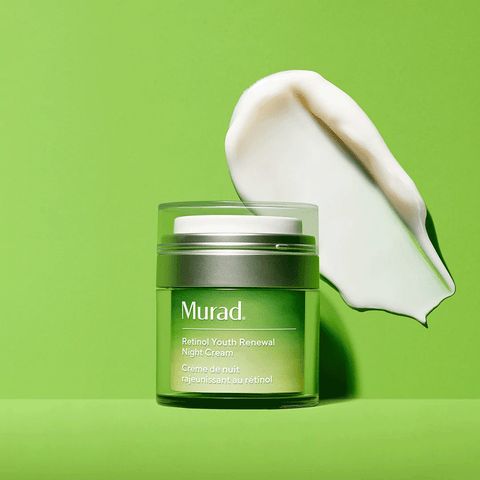 Murad Retinol Youth Renewal Night Cream
Murad Retinol Youth Renewal Night Cream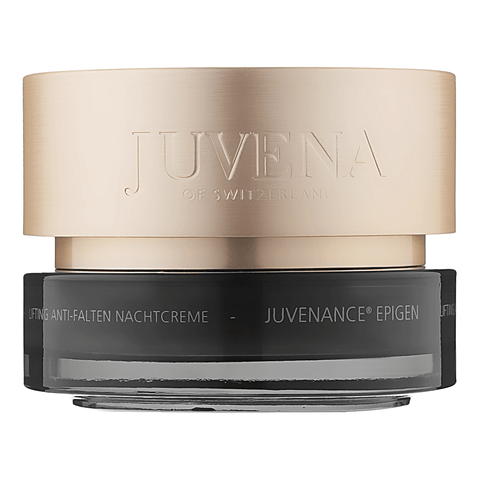 Juvena Lifting Anti-Wrinkle Night Cream
Juvena Lifting Anti-Wrinkle Night Cream